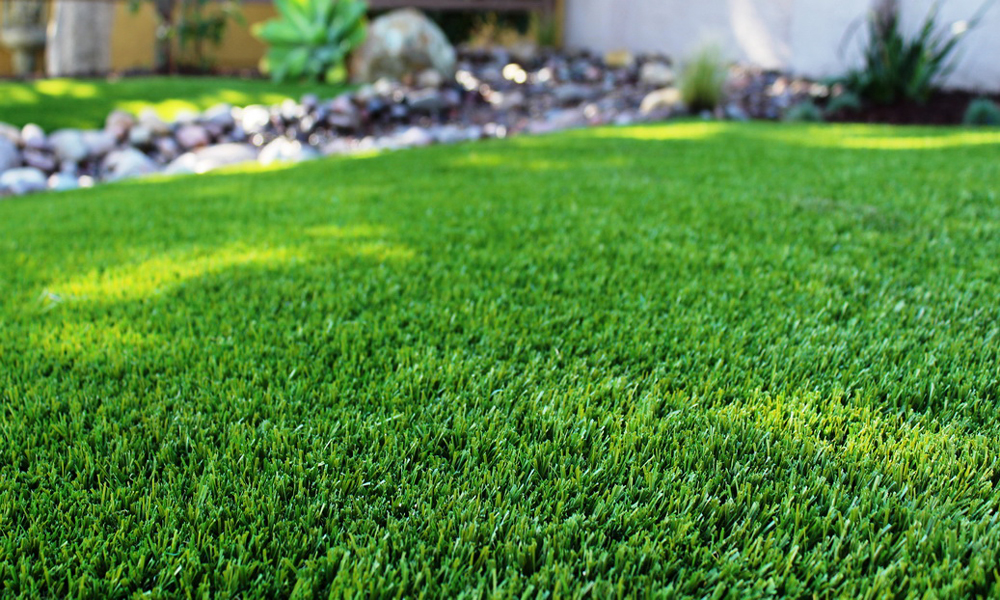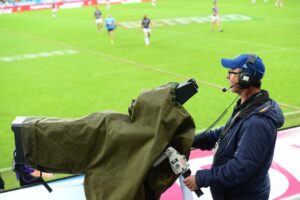
Artificial Turf: A Boon for Busy Lifestyles and Beyond
Artificial turf, a carpet of synthetic fibers designed to mimic natural grass, has transformed landscapes across the globe. Once primarily used in sports arenas, it’s now a popular choice for residential lawns, playgrounds, and even commercial spaces. But what exactly is artificial turf, and what are the advantages and disadvantages to consider?
Understanding Artificial Turf
Artificial turf comes in various pile heights, densities, and colors and is made from durable synthetic materials like nylon or polypropylene. The blades are anchored to a backing material with infill, typically sand and recycled rubber granules, that provides stability and drainage. Advancements in technology have led to more realistic-looking turf, with some varieties featuring a thatch layer for added texture and a more natural feel.
The Allure of Artificial Turf
The appeal of artificial turf lies in its low-maintenance nature. Unlike natural grass, it doesn’t require mowing, watering, or fertilizing. This translates to significant savings on water bills and time commitment. Artificial turf is also resilient, tolerating heavy foot traffic and harsh weather conditions without turning muddy or patchy.
For homeowners with busy schedules or those living in water-restricted areas, artificial turf offers a beautiful, green lawn year-round. It’s ideal for pet owners, as it eliminates the worry of muddy paws or dead spots caused by pet urine. Playgrounds and pet play areas benefit from the clean, safe surface that artificial turf provides, minimizing the risk of injuries from falls and eliminating the possibility of exposure to pesticides used on natural grass.
Beyond Domestic Applications
The benefits of artificial turf extend far beyond residential lawns. Sports fields constructed with artificial turf can be used more frequently without damage, reducing downtime and maintenance costs. This is particularly advantageous for professional sports stadiums and public athletic facilities.
Architects and designers are increasingly incorporating artificial turf into rooftops, patios, and even indoor spaces. It creates a vibrant green aesthetic in urban environments where natural grass is impractical. Artificial turf is also being utilized in airports, offering a visually contrasting surface that deters wildlife and reduces the risk of foreign object damage to aircraft.
Environmental Considerations
While artificial turf offers undeniable advantages, there are environmental concerns to consider. The production process can be energy-intensive, and disposal of worn-out turf can be challenging. However, advancements are being made in using recycled materials for turf production, and some manufacturers offer recycling programs for old turf.
Another consideration is the impact on rainwater drainage. Proper installation with a drainage system is crucial to prevent flooding. Additionally, artificial turf surfaces can get significantly hotter than natural grass, especially in direct sunlight. This can contribute to the urban heat island effect in densely populated areas.
Making an Informed Decision
When deciding if artificial turf is right for you, weigh the pros and cons carefully. Consider your climate, lifestyle, and budget. If water conservation and low maintenance are priorities, artificial turf might be an excellent option. However, if environmental impact is a major concern, using natural grass with sustainable practices like rainwater harvesting might be a better fit.
The Future of Artificial Turf
The future of artificial turf looks promising. Manufacturers continuously strive to improve its environmental footprint by using recycled materials and developing methods for easier recycling at the end of their lifespan, landscaping contractor. Research is also underway to create even more realistic and heat-resistant turf varieties.
As technology advances and environmental concerns are addressed, artificial turf is poised to play an even greater role in creating beautiful, functional, and sustainable landscapes.



